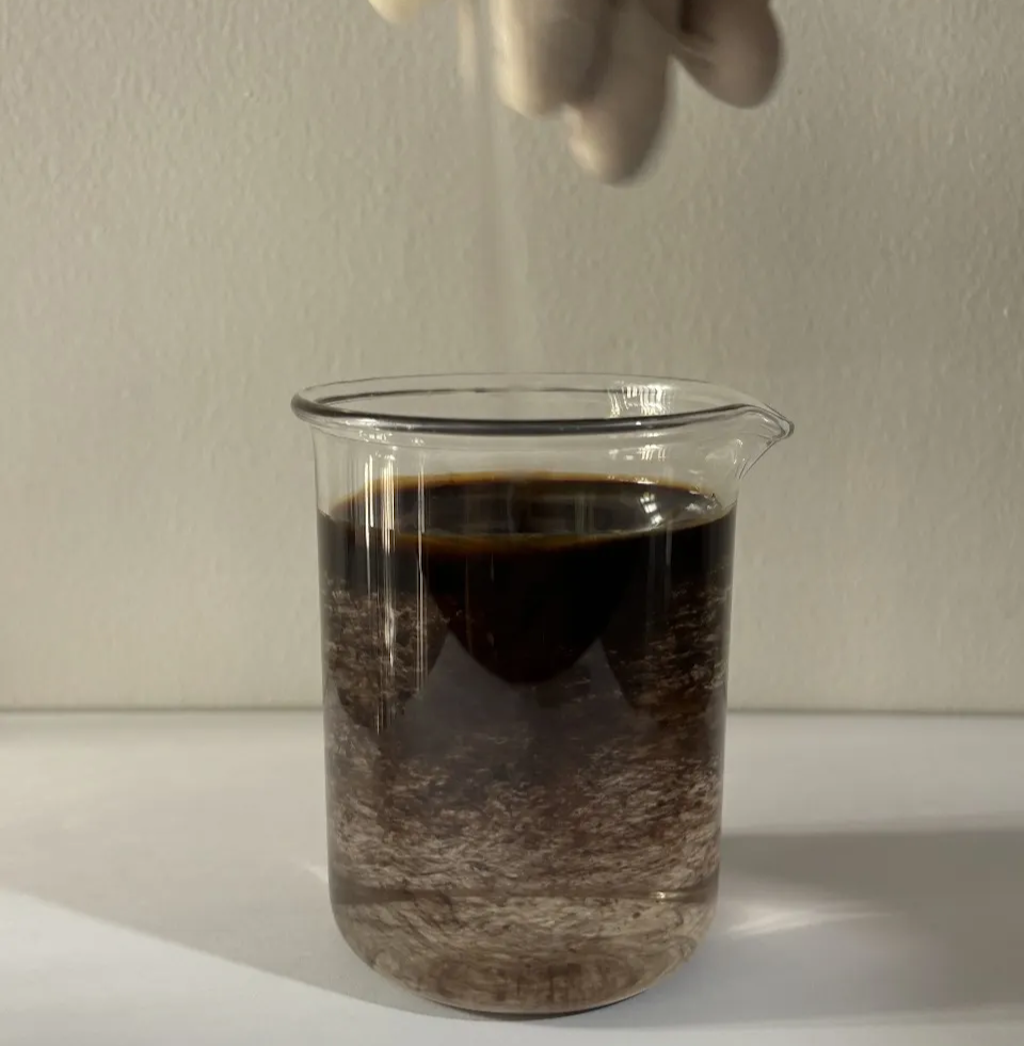Oil spills are among the most devastating environmental disasters affecting marine and coastal ecosystems. When crude oil or petroleum products are released into the ocean, they form thick layers that suffocate marine life, destroy habitats, and disrupt local economies. One of the most important tools used in oil spill response is dispersants — chemical agents designed to break down oil slicks into smaller droplets, making them easier to degrade naturally.
Understanding what dispersants are, how they work, and when they should be used is crucial for effective and environmentally responsible spill management.
What Are Dispersants and Their Function?
Dispersants are specially formulated chemical mixtures containing surfactants and solvents. Their main function is to separate and disperse oil into tiny droplets within the water column. This process enhances the natural biodegradation of oil by microorganisms, reducing the amount of oil that remains on the ocean surface.
In simpler terms, dispersants act like detergents — breaking up large oil slicks into smaller fragments that can be more easily diluted and degraded by natural processes.
The primary goals of using dispersants in oil spill response include:
- Minimizing surface oil: Reducing the risk to seabirds, marine mammals, and coastal habitats.
- Accelerating natural degradation: Helping microbes consume and break down oil faster.
- Reducing shoreline contamination: Preventing oil from reaching beaches and mangrove areas.
While dispersants don’t remove oil from the environment entirely, they change its form and location — from the surface to within the water column — where it can be naturally processed.
How Dispersants Work in Oil Spill Response
The effectiveness of dispersants depends on several factors such as the type of oil, water temperature, wave energy, and application method.
Here’s how dispersants typically work in practice:
- Chemical Interaction with Oil SlicksWhen dispersants are sprayed over an oil spill, the surfactant molecules within the solution attach themselves to both the oil and water molecules. This reduces the surface tension between the two, allowing the oil to break apart into microscopic droplets.
- Formation of Oil DropletsOnce dispersed, the oil droplets mix more easily with seawater. The smaller the droplets, the greater the surface area available for microorganisms to degrade the hydrocarbons naturally.
- Natural BiodegradationMarine bacteria and fungi consume the dispersed oil droplets as a food source, breaking down the complex hydrocarbons into less harmful substances like carbon dioxide and water.
- Distribution and DilutionOcean currents and wave action help further spread the dispersed oil droplets, diluting them and minimizing their concentration in any one area.
Dispersants can be applied using aircraft, helicopters, or ships equipped with spray systems, depending on the size and location of the spill. Timely application—ideally within hours after the spill—significantly improves their effectiveness.

Usage Considerations and Regulations for Dispersants
While dispersants offer valuable benefits, their use must be carefully evaluated due to potential ecological trade-offs. Using them without proper consideration can sometimes cause additional environmental harm, especially to deep-sea organisms.
Key considerations before deploying dispersants include:
- Type of Oil: Light and medium crude oils respond better to dispersants than heavy oils.
- Environmental Sensitivity: Areas with coral reefs, mangroves, or spawning grounds may require alternative response methods.
- Weather Conditions: Calm waters and low temperatures can reduce dispersant performance.
- Toxicity: Some dispersant formulations contain chemicals that may be toxic to marine life if used in high concentrations.
Because of these factors, dispersant use is regulated by environmental authorities in most countries. Agencies like the U.S. Environmental Protection Agency (EPA), International Maritime Organization (IMO), and regional marine protection bodies require strict testing, approval, and monitoring before dispersants can be applied.
In many cases, response teams must follow Environmental Sensitivity Index (ESI) maps and decision-making frameworks to determine whether using dispersants is appropriate for a particular spill event.
Moreover, ongoing research aims to create eco-friendly dispersants that maintain high efficiency while reducing toxicity and long-term environmental impacts.
Conclusion
Dispersants play a vital role in oil spill response, helping mitigate surface pollution and accelerating natural degradation processes. By breaking down oil slicks into smaller droplets, they protect marine wildlife, coastal ecosystems, and human livelihoods dependent on clean waters.
However, their use must be strategic and regulated, taking into account environmental conditions, oil type, and ecosystem sensitivity. As technology advances, the development of safer and more sustainable dispersant formulations will be key to balancing environmental protection with effective spill response.
Ultimately, preventing oil spills remains the best defense—but when accidents do occur, responsible and informed use of dispersants can make a critical difference in minimizing the damage to our oceans.
Read other Articles: Types and Application Methods of Oil Spill Dispersants

